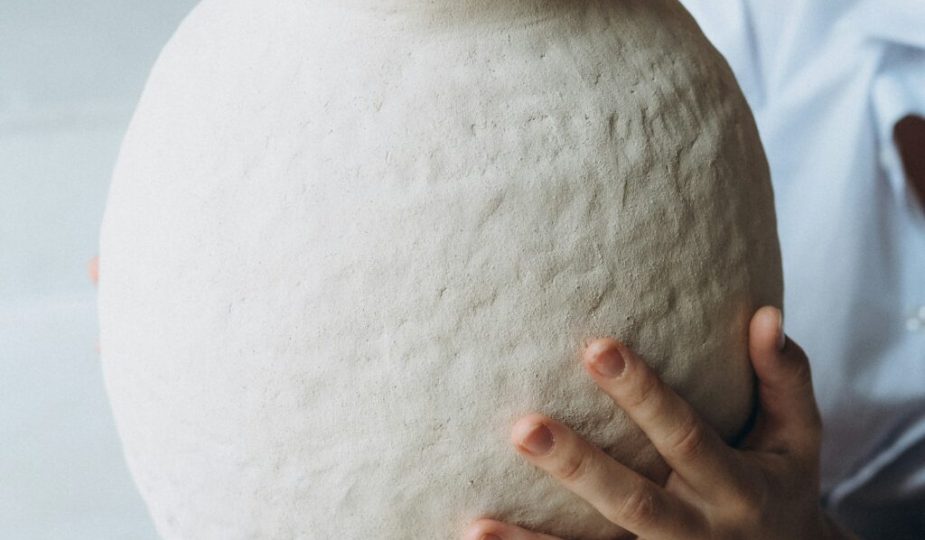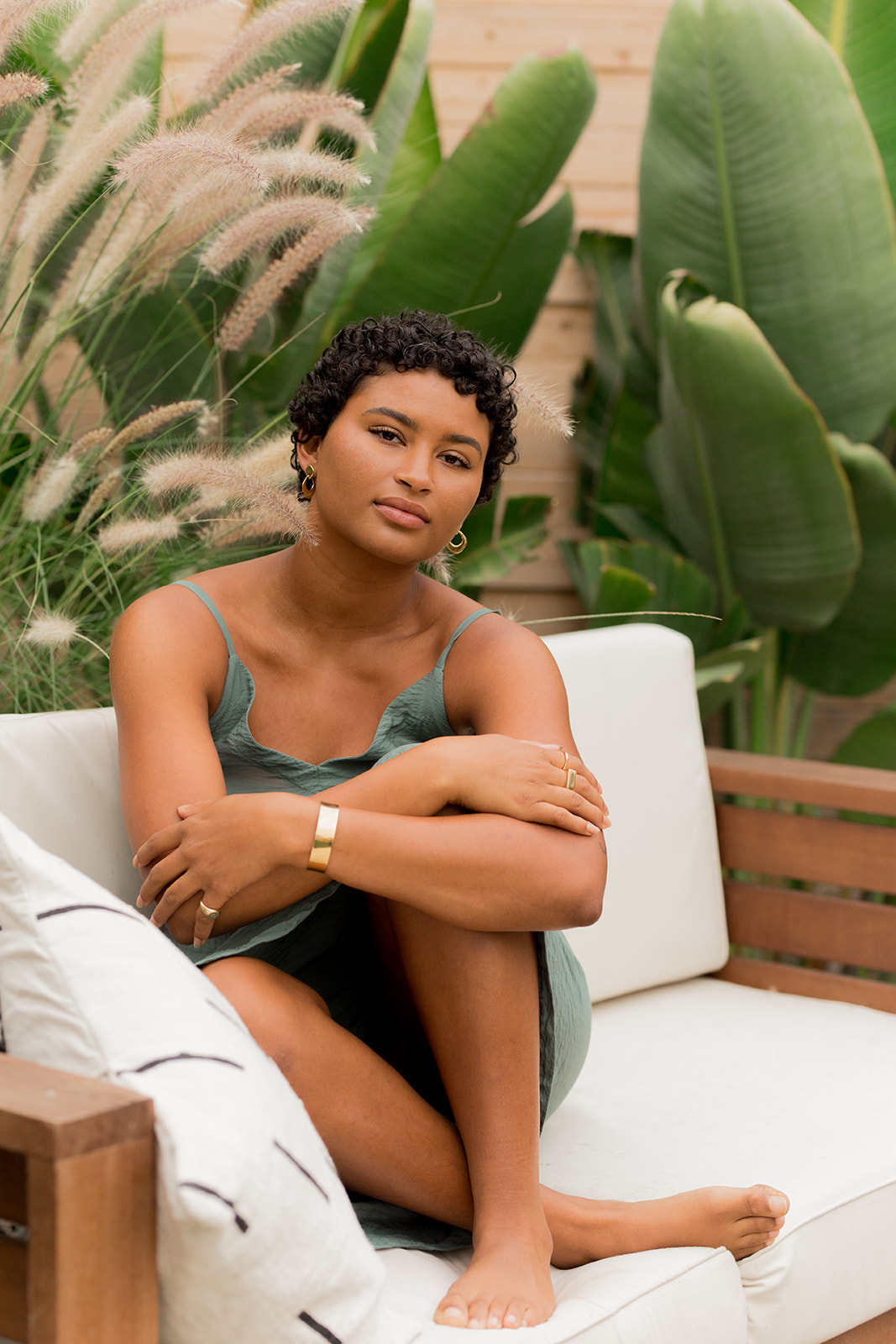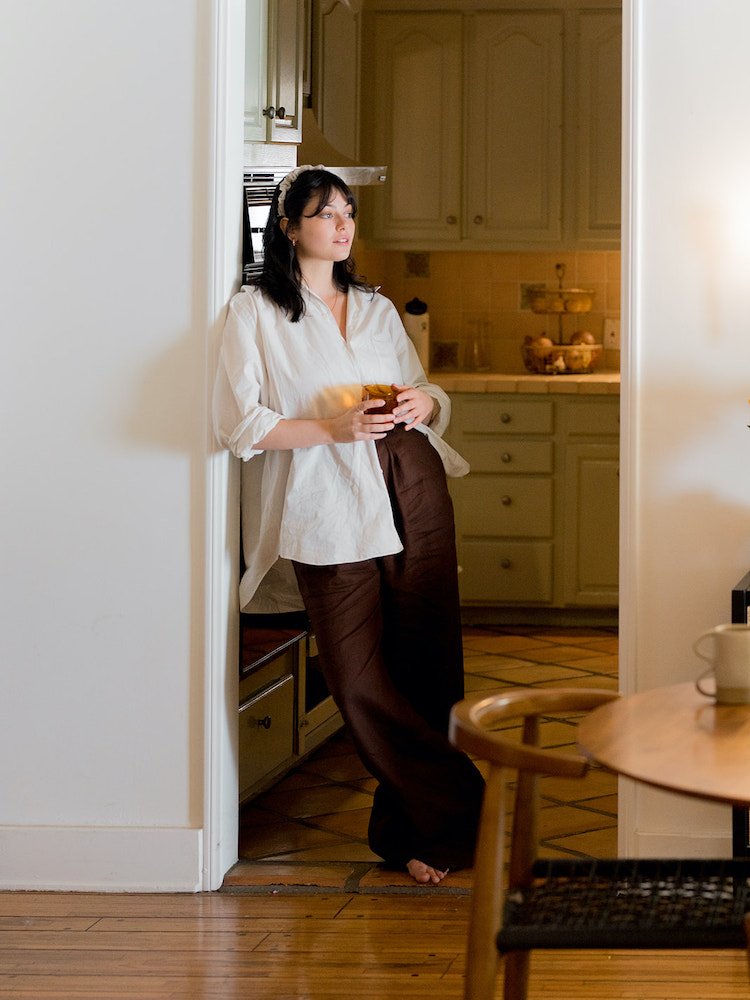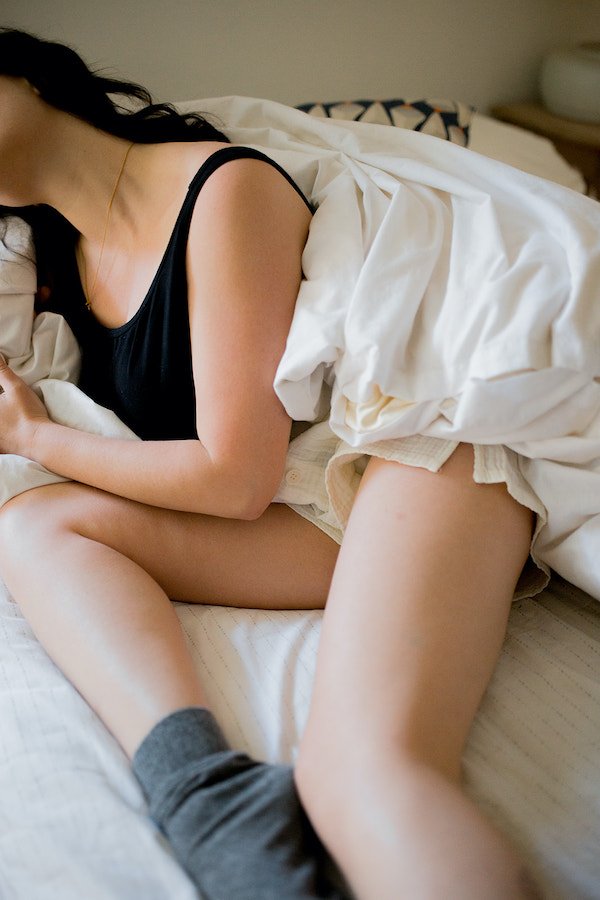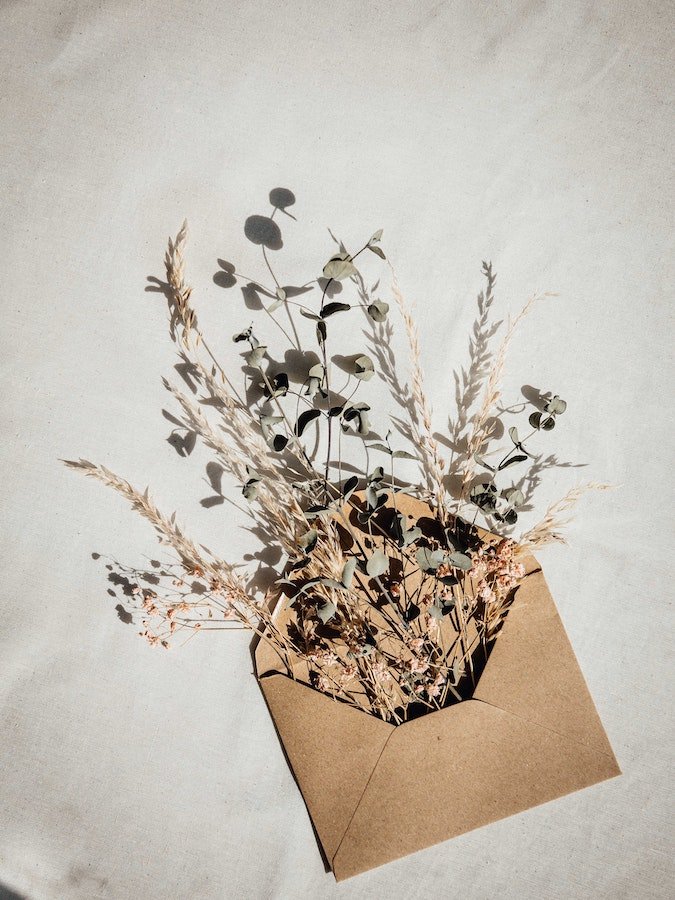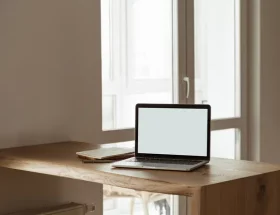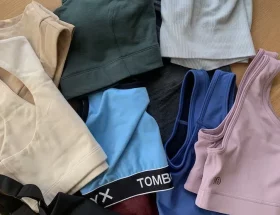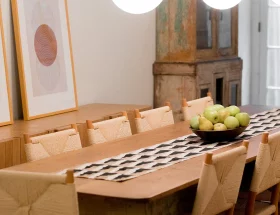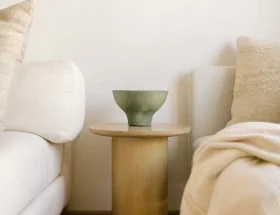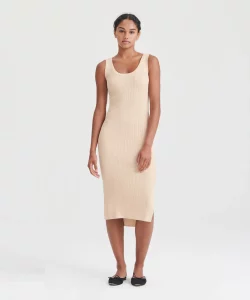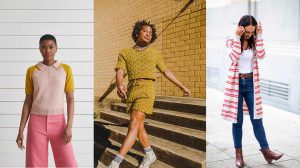When I started taking ceramics classes in 2020, my therapist thought it would be good for me. Once you put your piece in the kiln, she said, you have to let go of the outcome. In theory, a great way to combat perfectionism.
Initially, she was right. COVID-19 quarantines meant I was hand-building with clay on my bedroom floor, then dropping it at the community center for firing. There was nobody there to judge me as I worked. I simply relished in pressing my fingers into the earthy dough as the haze of an isolated workday cleared.
“The pieces I made were pretty, but the process was disheartening.”
When restrictions lightened, I followed my new passion into a pottery studio. There, I found a teacher correcting me as I arched over the wheel — my too-firm grip exposing my need to get things right. I came to dread those classes, which ended in a headache or a sour mood. The pieces I made were pretty, but the process was disheartening. When my course ended, it was a relief. I didn’t pick up ceramics again.
It’s no surprise that the torment I felt in that studio was rooted in something deeper than throwing pots. As it turned out, my escape from pottery heralded a long process of recovering from chronic PTSD, anxiety, and depression.
I don’t know if I’ll ever be fully on the other side of that journey (is anyone?) but I’m doing well now. I have a lot of different healing modalities to thank, like somatic therapy and neurofeedback. But I never quite found something that brought me the same focus and presence as sitting on my bedroom floor, playing with clay.
In the first weeks of 2024, I made a list of my priorities. Creativity and mindfulness floated to the top. My initial response was to make a detailed itinerary for how I’d become inspired and in the moment. But when I finished laughing at that, I discovered something simpler: Process art.
“Exactly what it sounds like, process art is a form of art that focuses on creation rather than the end product.”
Exactly what it sounds like, process art is a form of art that focuses on creation rather than the end product. Often, though not always, it can look “juvenile.” (Think of pillars like Twombly and Basquiat who centered process in their work.) But “juvenile” is exactly what we’re going for here. After all, nobody immerses themselves in the marrow of life like children.
According to Tami Earnhart, LMFT and art therapist, process art can look like “playing with art materials with no specific plan or end goal.” It creates a rare opportunity for adults to play like kids, she says.
I certainly found that to be the case when I bought a pack of markers, pulled out an old sketchpad, and started drawing colorful loops and curls before bed. But the playfulness paled in comparison to the sense of flow I found. It was lovely, and as anyone who’s been in the zone knows, it can feel like a welcome respite from anxiety.
“My scribble sessions left new ideas in their wake. Solutions to things I couldn’t work out and little epiphanies bubbled up in the hours after creating.”
Not only that, but my scribble sessions left new ideas in their wake. Solutions to things I couldn’t work out and little epiphanies bubbled up in the hours after creating. It felt like the halcyon days of building mugs and vases in my bedroom, only better.
Taken together, the benefits of process art sound like the results of another mindfulness practice: Meditation. Like lots of folks, I’ve had a hot and cold relationship with sitting in silence, following the arcs of my breath. At times it’s felt grounding, but it’s also felt too stoic.
As someone who falls into a freeze state when anxious and overwhelmed, being still with my thoughts isn’t always restorative. But letting my hands move aimlessly over the page, making big, messy swirls of tomato red and Valentine’s Day pink? That can feel medicinal.
Curious about how others use process art, I reached out to my friend Maria Miller, an artist, registered yoga and yin yoga teacher, and creativity and painting coach.
“I see the process of creating art and how I react or respond to it as a proxy for how I show up in other areas of my life,” she said. “Whether I’m guiding others or in my own creative practice, noticing what the process is bringing to the surface for the creator — be it joy, judgment, or something else — has so much to offer the one holding the brush beyond something nice to look at when they’re done.”
“What the process is bringing to the surface for the creator — be it joy, judgment, or something else — has so much to offer the one holding the brush beyond something nice to look at when they’re done.”
– Maria Miller, artist
Maybe this is because process art engages the senses, something Earnhart says is part of the immersive experience of creating. Personally, I found physical tension I didn’t know I was carrying when it showed up as thick, dark lines on the page. And conversely, I felt a lightness in my chest whenever I scribbled with a vibrant color.
So can process art be part of a mindful self-care practice, whether you use it alone or as a complement to something like meditation? According to Earnhart, the answer is often yes. In fact, she uses it in her own routine. “I think it can be surprising how fun it can feel to play as an adult,” she muses. “I am often surprised by how time flies when I am fully engaged in [process art].”
“While some folks might find process art cathartic, Earnhart says others may find a structured art project more soothing when they’re in distress.”
Is there anyone who shouldn’t use process art? Earnhart recommends treading lightly with this practice if you’re feeling overwhelming emotions. While some folks might find process art cathartic, Earnhart says others may find a structured art project more soothing when they’re in distress.
It’s worth mentioning that process art is not a replacement for art therapy or any therapy, but in some cases, it makes a great adjunct to it. Like my friend Maria Miller says of her art practice, “It’s hard to describe, but so refreshing to connect with.”
Want to try process art yourself? Paper and markers are an accessible way to get started, but they’re not the only option. Most creative projects can become process art if you tune into how you feel while you’re creating and (try) to let go of your attachment to the result.
That said, here are some ideas that go the extra mile to engage your senses:
- Textured collage art: Use materials with different tactile experiences to make a mixed-media piece. You might try fabric scraps, feathers, sandpaper, sponges, cotton balls, and even dry pasta. Focus on how each item feels individually and pasted together.
- Scented painting: Gather your favorite non-toxic paints and essential oils. Before adding a few drops to each paint, challenge yourself to identify which scent you associate with each color.
- Draw/paint/create what you hear. Put on an album, film, or ASMR video and document the way it makes you feel. There are no wrong answers!
Process art has become a cherished part of my routine. In a world fixated on productivity and performance, I’ll prioritize whatever helps to root me in the experience of things. I hope it can help you do the same.
Nicole Ahlering is a seasoned content writer and editor with a strong background in on-page SEO and editorial strategy. Her approach is empathetic, aiming to meet her audience where they are and give them what they actually need. Agencies and in-house brands have trusted Nicole as an intuitive thought partner who does what machines can’t; compel readers to action by considering how they feel. Read her blog.
